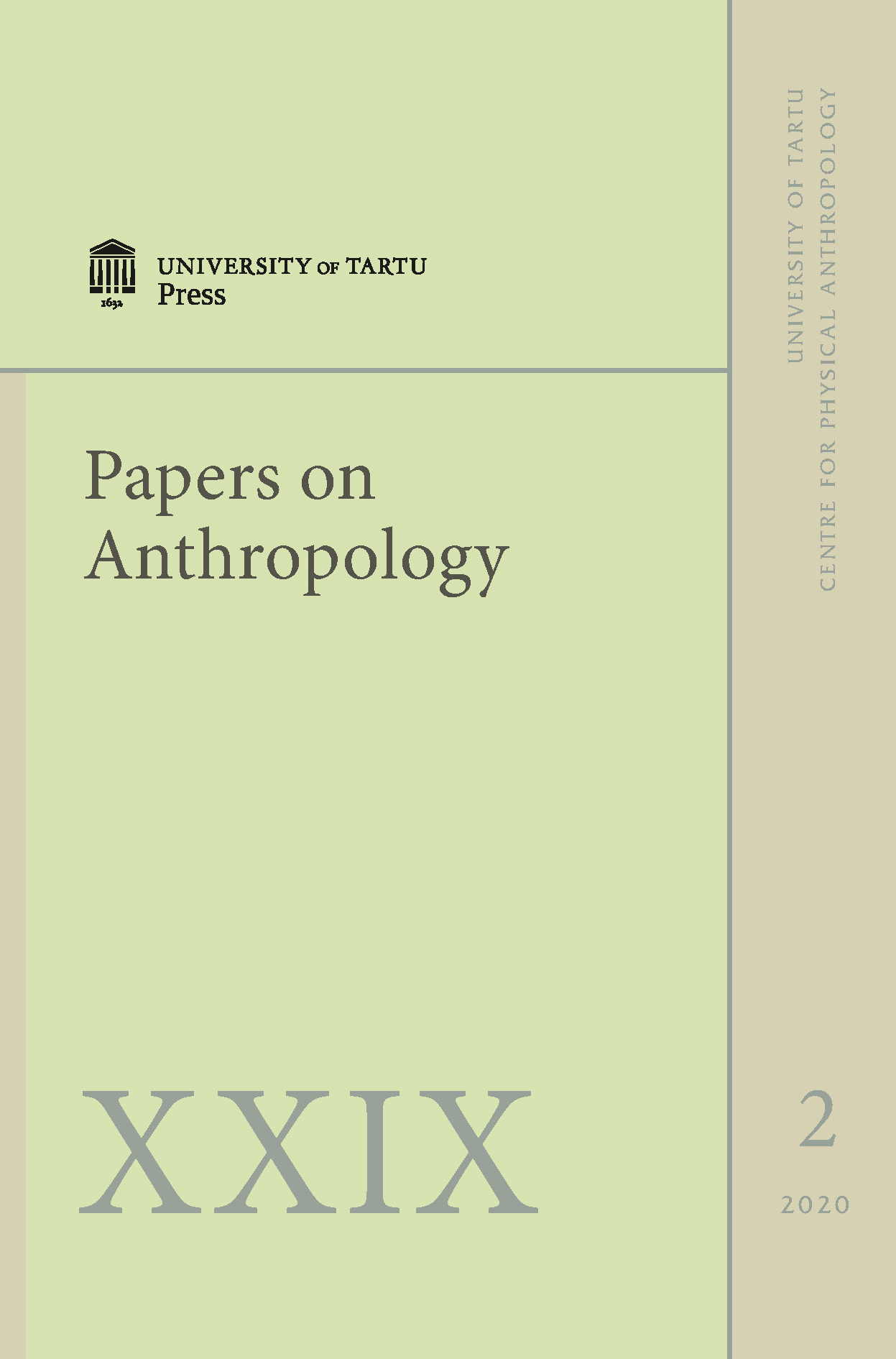Covid-19 in Estonia. Restrictions and population’s coping with them
DOI:
https://doi.org/10.12697/poa.2020.29.2.01Keywords:
Covid-19, quarantine, representative sample, interview, attitudeAbstract
The article is based on a selection of data commissioned by the Government Office of the Republic of Estonia and received during 10 weeks from weekly surveys (COVID-THEMATIC SURVEY) conducted by Turu-uuringute AS, a market research company.
The study began on 17 March and lasted for 10 weeks to 21 May. On three days of every week, about 2,000 Estonian residents aged 15 and over were interviewed. The respondents were randomly selected and represented the entire population of Estonia in terms of gender, age, ethnicity and social affiliation.
The time series on the assessment of virus infections, hospital and intensive care (mechanical ventilation) and COVID deaths, compiled on the basis of data published by the Health Board, was also used as background information.
The first three rounds took place during the period of increasing morbidity, the following four rounds (4–7) during the study period when the morbidity situation remained more or less stable, and all the established restrictions also applied. The last stage, rounds 8–10, took place at a time when morbidity was declining and restrictions were gradually eased.
The survey revealed that Estonia was not ready for the crisis – just like most of the world’s countries. The crisis tested, on the one hand, the government’s ability to make difficult decisions and make significant use of the brain potential of the country’s research community, and, on the other hand, the people’s reasonableness, stress tolerance and ability to comply with rather awkward restrictions. It follows from the present analysis that all the restrictions were opposed by those who did not believe in their appropriateness. However, compared to the total population, their number was small, and, therefore, the restrictions in Estonia were maintained without sanctions and no contradictions arose, let alone unrest.
The open action of the Crisis Committee was very important: the number of new infections, the number of patients in need of hospital treatment and mechanical ventilation, as well as the number of deaths, were reported daily at both the government press conference and in the media. The survey showed that there were very few people in the country who thought they did not know everything they needed about the crisis. The fact that people remained rather cautious in their assessments even after the end of the emergency situation adds to the hope of coping with the virus in the future – should a second wave or any other threat come.

